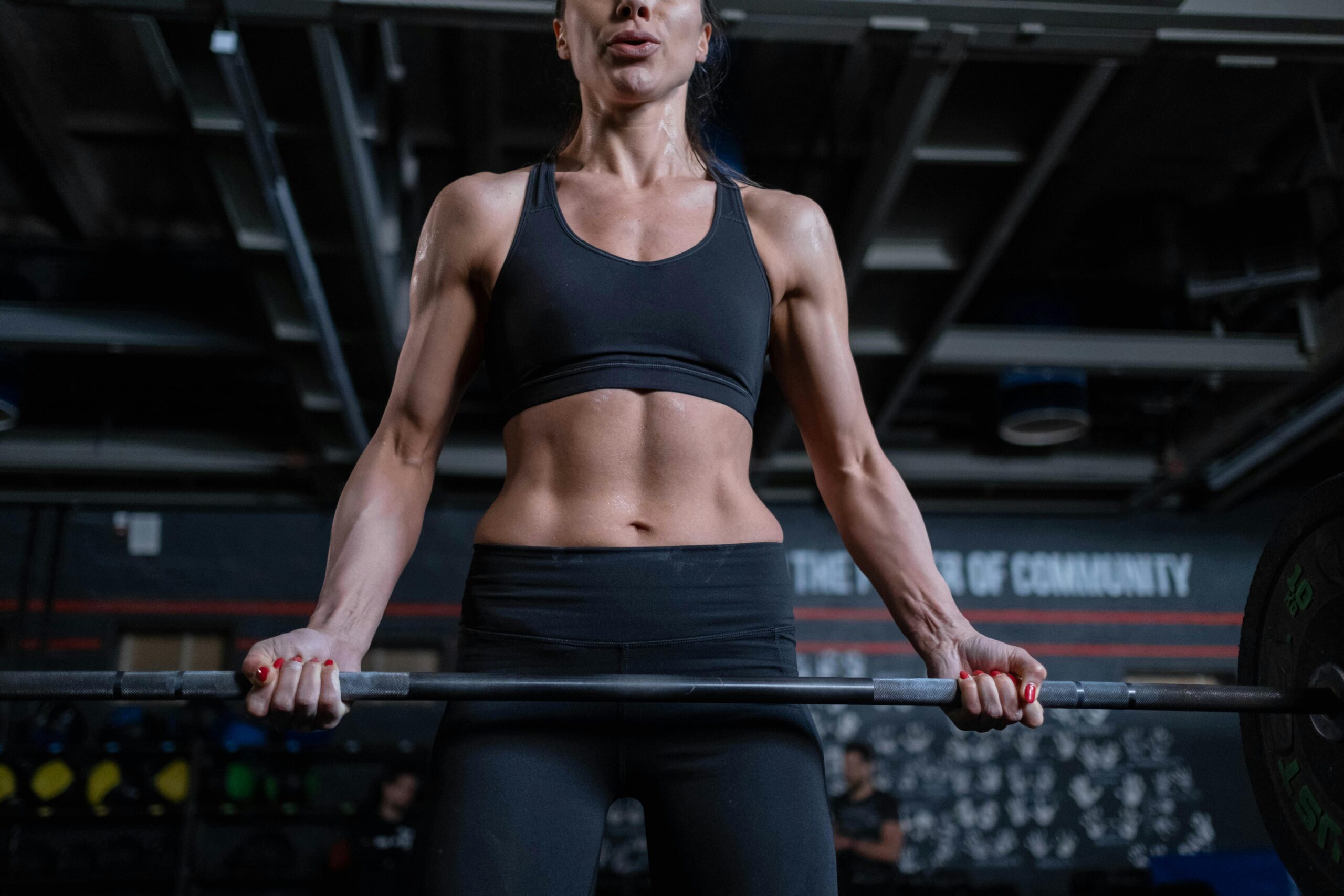Aging is an inevitable part of life, bringing with it a myriad of changes to our bodies. One aspect that takes centre stage in the aging process is the gradual decline in muscle health. As the years advance, maintaining strong and resilient muscles becomes increasingly crucial for overall well-being. In this article, we will delve into the intricate relationship between muscle health and aging, exploring the physiological changes, the impact on daily life, and practical strategies for preserving and enhancing muscle function as we grow older.
The Physiology of Aging Muscles
The aging process affects muscles at various levels, leading to a decline in both muscle mass and function. Starting in the 30s, individuals may experience a gradual reduction in muscle mass, a phenomenon known as sarcopenia. This decline becomes more pronounced after the age of 50, contributing to decreased strength, flexibility, and overall physical performance.
Several factors contribute to the age-related changes in muscle health. Hormonal shifts, such as a decrease in growth hormone and testosterone levels, play a role in diminishing muscle mass, as well as a decline in physical activity, often associated with aging, exacerbates muscle loss. Changes in muscle fibre composition, increased inflammation, and impaired protein synthesis further contribute to the multifaceted challenge of preserving muscle health in the aging population.
The Impact of Muscle Health on Daily Life
Maintaining robust muscle health is not merely about aesthetics or physical performance; it directly influences daily life and functional independence. Strong muscles are essential for maintaining balance, preventing falls, and supporting joint health. As muscles weaken with age, individuals may experience difficulties with activities of daily living, such as walking, climbing stairs, or even lifting everyday objects. The risk of injuries and fractures also increases as muscle mass diminishes, making it imperative to address and prioritize muscle health in the aging process. Besides training, how can muscle mass be supported in ageing?
Strategies for Preserving Muscle Health
While the aging process brings inevitable changes to muscle health, there are proactive measures individuals can take to mitigate the impact and promote healthy aging. Here are some key strategies:
- Regular Exercise: Engaging in regular physical activity, including both aerobic exercises and strength training, is crucial for preserving muscle mass and function. Resistance training has been shown to be effective in counteracting age-related muscle loss.
- Hydration: Staying well-hydrated is often overlooked but plays a vital role in muscle function. Dehydration can contribute to muscle cramps and stiffness, affecting overall mobility.
- Balanced Nutrition: In addition to protein, a well-balanced diet that includes a variety of vitamins and minerals is essential for overall health. Nutrients like vitamin D and calcium, for example, contribute to bone health, indirectly supporting muscle function.
- Regular Health Check-ups: Monitoring overall health and addressing any underlying medical conditions promptly is crucial for preserving muscle health. Chronic illnesses can impact muscle mass, and managing these conditions can positively influence overall well-being.
- Protein-Rich Diet: Adequate protein intake is essential for muscle maintenance and repair. Older adults may benefit from higher protein levels to support muscle health. Including protein-rich foods such as lean meats, dairy, and plant-based sources in the diet is essential.
The Importance of Protein in Aging
Protein is not just about building muscles; it plays a vital role in various physiological functions, including supporting tissue health, hair, teeth, and nails. Amino acids, the building blocks of proteins, are integral components of signalling molecules and comprise half of all hormones. Research indicates that increasing protein intake as we age can support weight management and body-fat reduction by enhancing metabolic rate and promoting better satiety.
The Recommended Dietary Allowance (RDA) for protein, established over 70 years ago, may not be sufficient for the changing needs of older adults, especially those who engage in regular physical activity. While the RDA suggests around 0.8 grams of protein per kilogram of body weight per day, general sports nutrition recommendations for athletes propose higher levels, ranging from 1 to 2 grams per kilogram of body weight per day.
Research indicates that the need for more protein becomes even more pronounced in aging women. A study involving over 300 elderly participants revealed that women consuming between 0.8 to 1.2 grams of protein per kilogram of body weight per day tend to experience fewer health problems than those consuming less. This is particularly crucial for women, as protein intake is linked to mitigating the risk of sarcopenia (muscle loss), enhancing bone density, and promoting overall health.
Determining the exact protein needs for individuals can be challenging, as it varies based on factors such as weight, activity level, and overall health. However, aiming for a precise daily protein goal in grams can be a more effective way to support body composition goals, especially as we age. Protein supplementation, through shakes or powders, can be a valuable tool for older adults who struggle to meet their protein targets with whole foods alone.
Debunking the Myth of High-Protein Diets and Kidney Damage
Concerns about the potential negative impact of high-protein diets on kidney health have been raised. However, research suggests that individuals with normal kidney function, regardless of age, sex, or training status, do not face an increased risk of kidney damage from elevated protein intake. In fact, studies consistently support the benefits of an increased protein intake for fitness, performance, and muscle function, especially in populations over the age of 50.
In the journey of aging, maintaining muscle health becomes increasingly vital for overall well-being. Protein emerges as a key player in this process, supporting muscle mass, bone density, and overall health. As we navigate the evolving landscape of nutritional recommendations, it’s crucial to tailor protein intake to individual needs, especially for aging individuals who can benefit from higher protein levels, both through dietary sources and supplements. Prioritising protein in the aging process can contribute to a healthier, more robust, and fulfilling later life.




